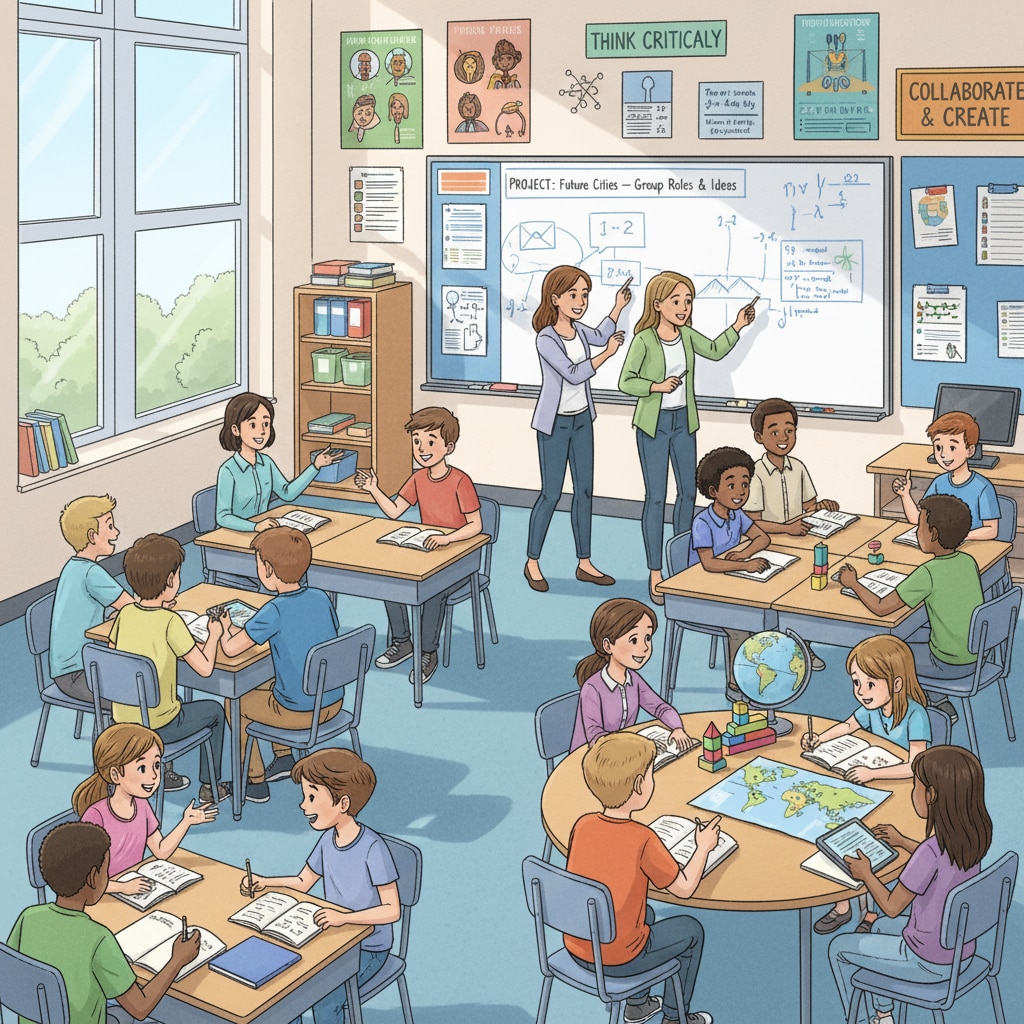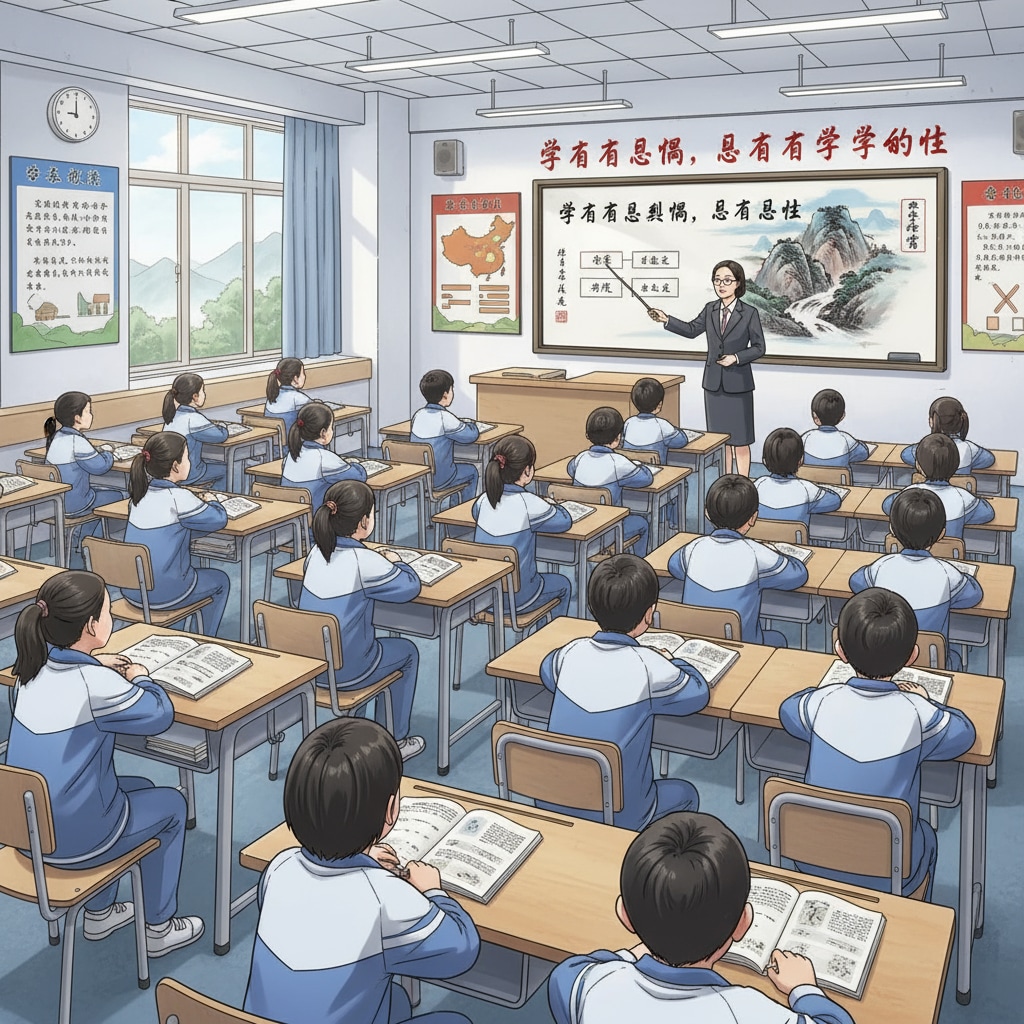Education systems, cultural differences, and learning pressures are significant aspects when comparing the K12 education in the United States and China. These two countries, with their unique cultural backgrounds, have developed distinct educational models that shape students in different ways.
Teaching Philosophies: Nurturing Independence vs. Emphasizing Discipline
In the US, the teaching philosophy often focuses on nurturing students’ independence and creativity. Teachers encourage students to think critically, ask questions, and explore their interests. For example, students are frequently given group projects where they need to take initiative and solve problems on their own. According to Wikipedia’s Education in the United States page, this approach aims to develop well-rounded individuals who can adapt to various situations. However, in China, the teaching philosophy emphasizes discipline and rote learning to a certain extent. Teachers play a more directive role, guiding students through a structured curriculum. This is believed to lay a solid foundation for students’ knowledge acquisition.

Curriculum Settings: Breadth vs. Depth
The US K12 curriculum offers a wide range of subjects, providing students with a broad spectrum of knowledge. It includes not only core academic subjects like math, science, and language arts but also electives such as art, music, and physical education. This allows students to explore different fields and discover their passions. On the other hand, the Chinese curriculum places more emphasis on depth in core subjects, especially in areas like math and science. Students spend a significant amount of time mastering complex concepts and practicing problem-solving skills. As stated on Britannica’s Education in China page, this focus helps students build a strong academic foundation.

Learning pressures also vary between the two systems. In the US, while students have the freedom to choose their paths, they may face pressure in terms of college admissions, especially for top-tier institutions. In China, the pressure mainly comes from the highly competitive national exams, such as the Gaokao. These exams determine students’ future educational opportunities and career prospects.
Readability guidance: By comparing these aspects of the US and Chinese K12 education systems, we can see how cultural differences influence educational approaches and the resulting learning experiences. Each system has its own strengths and weaknesses, and understanding these can help educators and parents find a balance that benefits students.


